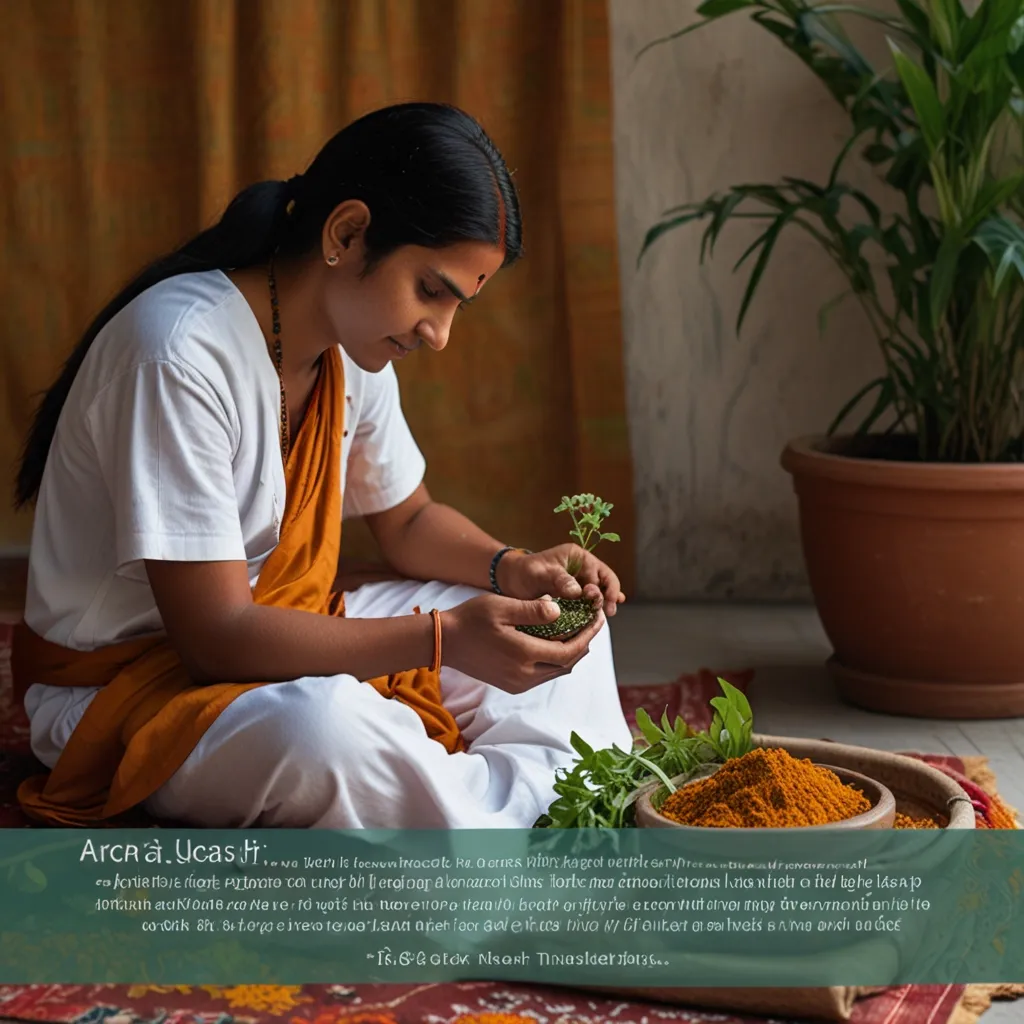Ayurveda, the ancient Indian health system, traces its origins way back to the Vedic tradition, with a particular spotlight on the Atharvaveda. This text, one of Hinduism’s four sacred books, is a vault of wisdom covering everything from life, health, spirituality, and even medicine.
Ayurveda’s beginning can be directly linked to the Atharvaveda, making it thousands of years old. This Veda was composed around 1200-1000 BCE, and it’s a fascinating read with hymns discussing longevity, fighting diseases, curing illnesses, killing germs, and even creating antidotes to poisons. It’s like an old-timey encyclopedia laying the groundwork for what we now know as Ayurvedic medicine.
One might assume the Atharvaveda was all chants and prayers, but no. It had a practical side too, especially regarding medical knowledge. For instance, it gives a detailed account of handling an open fracture. Imagine ancient Indian healers using specific plants like the Rohini (Ficus infectoria) to bind wounds. The verses resonate like poetry yet reflect an understanding of surgical treatment that challenges our modern-day assumptions about ancient knowledge.
Besides hardcore medical instructions, the Atharvaveda is full of charms and prayers aimed at healing and combating diseases. These weren’t just mumbo-jumbo chants, though. People truly believed invoking divine powers could send away illnesses like fever and jaundice. There’s something almost comforting about reading an ancient hymn asking cosmic forces to remove a ten-day fever. It’s both poetic and powerful – hinting at the blend of spirituality and medicine prevalent at the time.
Nature, particularly medicinal herbs and plants, played a starring role in these ancient texts. The Atharvaveda is almost like an ode to these natural wonders. Vivid descriptions of different plants and their supposed healing properties show that ancient Indians were ahead of the curve in their grasp of botanical medicine. It’s incredible how they celebrated plants not just as life forms but as life saviors.
Beyond health, the Atharvaveda also dives into the nitty-gritty of social and cultural norms of ancient India. It’s not just a medical journal; it’s more like an all-encompassing life guide. Verses about drawing a suitor or spells for winning a maiden’s heart give us a peek into their societal values. Picture it – using incantations asking deities to bring happiness through a husband. It’s both charming and a bit magical.
Fast forward to today, the influence of the Atharvaveda and Ayurveda on modern medicine is undeniable. Ayurveda, with its core principle of balancing three primary forces in the body – Vata, Pitta, and Kapha – draws heavily from these ancient teachings. These doshas, derived from the elements of space, air, fire, water, and earth, are still seen as the key to health. Maintaining their balance is crucial, showcasing a holistic approach to health that resonated deeply then and still does now.
Ayurveda is all about viewing health as a whole – body, mind, and spirit. It isn’t a one-size-fits-all approach but rather focuses on individual constitutions or ‘prakriti.’ Each person’s unique balance of the three doshas determines their health blueprint, allowing for super personalized medicine that seems centuries ahead of its time.
The eight branches of Ayurveda listed in texts like Aṣṭāngahṛdayam cover everything from internal medicine to toxicology, highlighting its extensive knowledge and approach. These branches illustrate the depth and breadth of the system, likening Ayurveda to modern multi-speciality medical practice long before modern hospitals were a thing.
The Atharvaveda’s legacy is vast, acting as a springboard for later texts like the Charaka Samhita and Sushruta Samhita, which are foundational in Ayurvedic medicine. They took the knowledge served on a Vedic silver platter and refined it over time, giving us a richer, more expansive understanding of health.
In essence, the Atharvaveda is more than just a collection of ancient writings. It’s a treasure chest of early medical practices, herbal wisdom, and a holistic health vision. Even today, as we delve deeper into this ancient resource, we uncover timeless truths that still hold immense value, offering a fresh perspective on health and well-being that surprisingly aligns with modern sensibilities.






